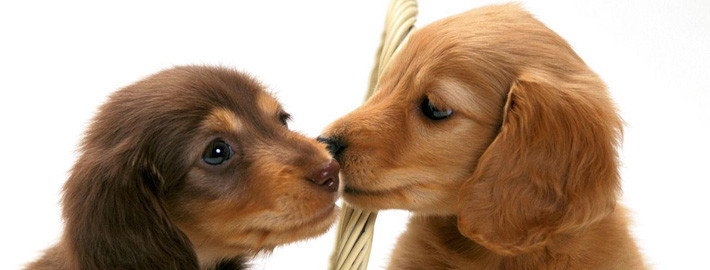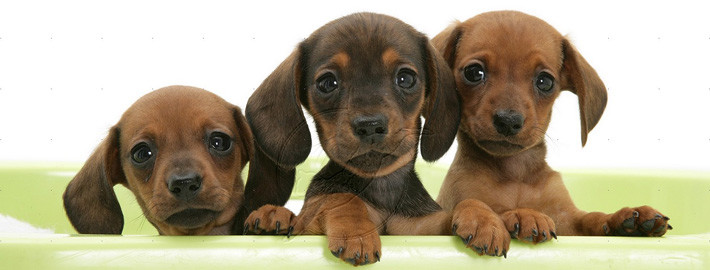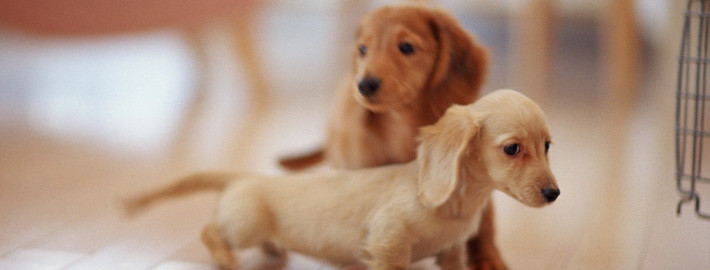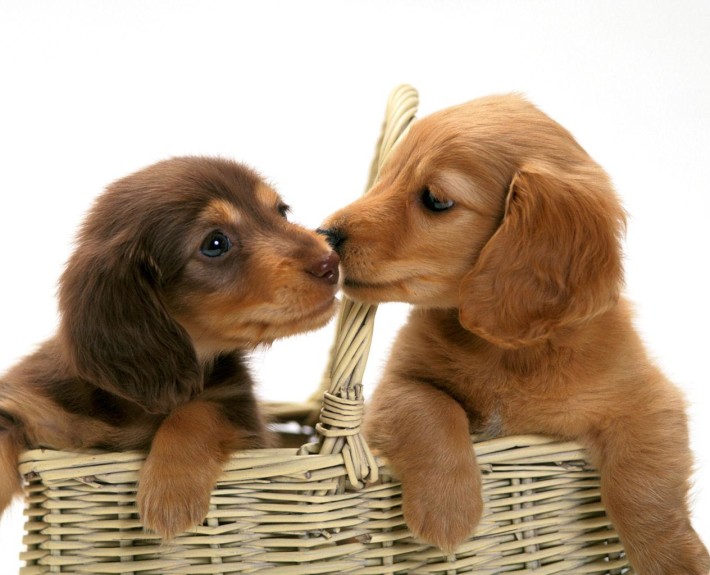What makes the Dachshund Miniature Unique?
These short, fierce, and highly personable little dogs are sure to liven up anyone’s day with their mischievous antics. Miniature Dachshunds also make good family pets for households with older children.
Breed Groups
Page Contents
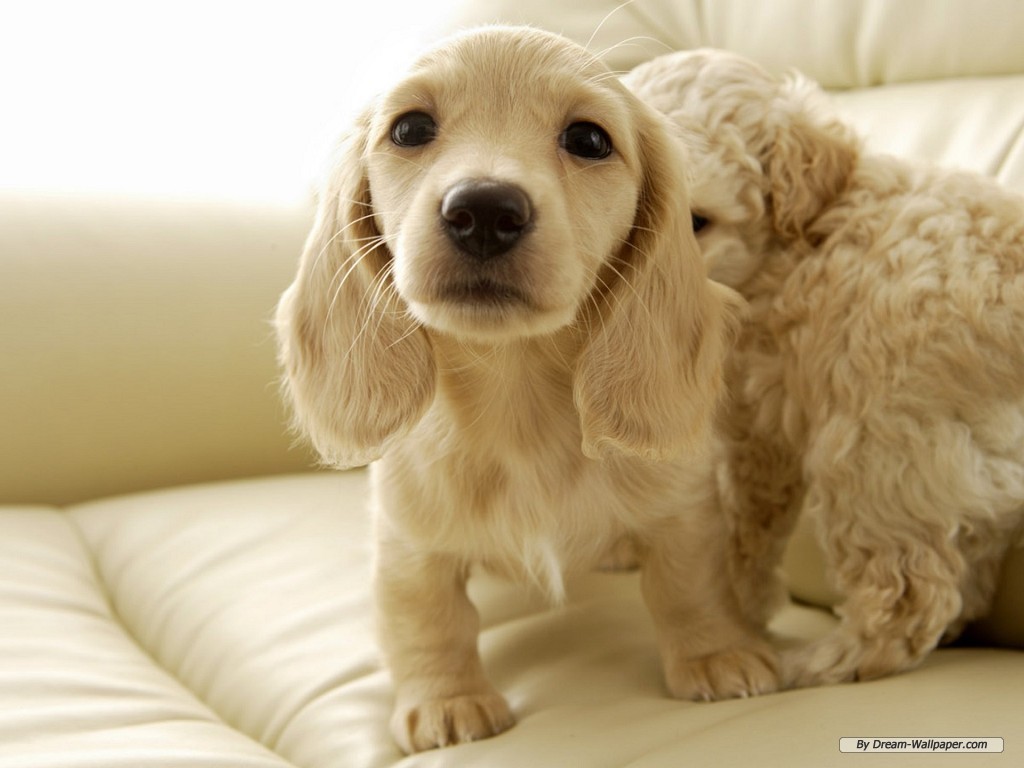
SnapShot
| Size: | Males – 20 to 27 cm (8 to 11 inches) Females – 13 to 18 cm (5 to 7 inches) |
| Weight: | Males – 7.3 to 15 kg (16 to 32 lb) Females – 3.6 to 5.0 kg (8 to 11 lb) |
| Origin: | Germany |
| Life Span: | 14 – 17 Years |
| Colour: | Chocolate & Cream, Red, Black & Tan, Blue, Cream, Tan,Black, Chocolate |
| Litter Size: | 4 to 8 puppies |
Is the Dachshund Miniature Right For You?
These affectionate dogs have tendency to bond strongly with one member of their human family. They enjoy belly rubs and snuggling with their preferred human companion. Dachshunds generally get along with other small breeds and they will also accept cats if they are brought up around them. Although Miniature Dachshunds are playful, they are also easily sidetracked. Owners should be aware that these dogs enjoy tunneling through blankets and digging holes in the yard.
Miniature Dachshunds are notoriously stubborn and extremely difficult to housebreak. No matter how well these dogs are trained, owners should be aware accidents are not uncommon. Patience is crucial when training Miniature Dachshunds. This breed does best with several short training sessions per day when they are learning the basics.
In 5 Words
- Lively
- Playful
- Devoted
- Clever
- Stubborn
Characteristics
Learn About the Dachshund Miniature
Description
General Description
Stocky, shortened legs and long, sturdy bodies are the most defining features of this breed. Their large, paddle-shaped paws are great for digging and these come in handy when excavating prey that is hiding in an underground burrow. Dachshunds also have wide chests for heightened lung capacity and flexible skin that allows them to squeeze through narrow spaces without injuring themselves. The dogs also have long ears that hang low. They also have a keen sense of smell that is helped considerably by their lengthy snouts. Dachshunds generally have an alert and inquisitive expression in their dark, almond-shaped eyes. Members of this breed also have tails that are curved and lined up with their spines.
Size
Miniature Dachshunds differ from the standard dachshunds in size alone and they are generally judged under the same standards as their larger contemporaries. According to American Kennel Club (AKC) breed standards, the smaller dogs must be less than 11 pounds when they have reached a year old in order to officially qualify as miniatures. The Fédération Cynologique Internationale (FCI) standards also state that Miniature Dachshunds should have a chest circumference between 30 and 35 centimeters.
There is a third size of dachshund called “rabbit” that is smaller than a miniature. This variety is recognized by the FCI as having a chest circumference measuring less than 30 centimeters. However, this type does not have any standing in the States and Rabbit Dachshunds there are simply classed as miniatures.
Coat
Members of this breed can have smooth, long, or wirehaired coats. Dachshunds are also available in many different patterns types including piebald, dapple, and double-dapple. Dogs that are solid red or cream exist. but most members of this breed are bicolored. Cream or tan colored markings appear at various points, with the dogs being otherwise red, fawn, black, chocolate, or grey.
Short History of the Dachshund Miniature
About 400 years ago, an intrepid little dog was created in Germany. Members of this breed were capable of flushing badgers out of their den and cornering them, but they were also useful for hunting other types of game such as foxes and hares. Dachshunds who hunted in packs could even manage to bring down wild boars. The shortened legs that are a typical feature of modern Dachshunds were produced by selective breeding throughout the centuries.
The breed had caught the attention of royalty by the 1840s. Several dachshunds made their home at Windsor Castle and regularly hunted alongside the palace’s inhabitants. The Dachshund Club of England was created in 1881 and the Germans followed suit by founding their own breed club in 1888. A breed standard was soon developed to protect the breed. By 1895, Dachshund enthusiasts in America had formed their own club as well. Dachshunds remain popular to this day but they are more common as family pets rather than as hunting companions.
Temperament
Miniature Dachshunds are clever, fearless, and independent. These affectionate dogs have tendency to bond strongly with one member of their human family. They enjoy belly rubs and snuggling with their preferred human companion. Dachshunds generally get along with other small breeds and they will also accept cats if they are brought up around them. Although Miniature Dachshunds are playful, they are also easily sidetracked. Owners should be aware that these dogs enjoy tunneling through blankets and digging holes in the yard. For such small dogs, members of this breed can be quite loud and they are excellent watchdogs. However, Miniature Dachshunds need to be socialized early to prevent them from becoming suspicious of unfamiliar people.
Caring for Your Dachshund Miniature
General Health
One of the main health concerns for this breed is intervertebral disc disease. Owners need to keep a close on their pets to keep the dogs from incurring back injuries and they should never allow their dachshunds to be picked up from around their middles. Dachshunds are also prone to obesity. Although these dogs enjoy their meals, allowing them to become overweight can cause health problems or exacerbate preexisting conditions. Epilepsy, seizures, Cushing’s disease, progressive retinal atrophy, mammary tumors, bloat, hypothyroidism, gastric torsion, canine diabetes, and Acanthosis nigricans have all been likewise noted in this breed. Miniature Dachshunds with double dapple coloration are also at a higher risk for deafness.
Care
Daily
Even if is only a brief run around the backyard, Miniature Dachshunds need exercise every single day.
Weekly
Bad breath and periodontal disease can be easily prevented by keeping a dog’s teeth brushed.
Monthly
Heartworm, flea, and tick prevention medication are essential for all dogs and are typically administered once a month. It’s also recommended that owners bathe their Miniature Dachshunds on a monthly basis.
Grooming & Bathing
Smooth coated Miniature Dachshunds do not typically require a great deal of grooming. When they are shedding owners can simply wipe them down with a damp towel to keeping hair from getting everywhere. However, long and wirehaired types will need to be brushed every so often to prevent them from ending up with matted or tangled fur.
Exercise & Training
Bred to be able to hunt independently, Miniature Dachshunds are notoriously stubborn and extremely difficult to housebreak. No matter how well these dogs are trained, owners should be aware accidents are not uncommon. Patience is crucial when training Miniature Dachshunds. This breed does best with several short training sessions per day when they are learning the basics. While these dogs are easily motivated by treats, owners should exercise caution when doling out goodies because this breed is prone to obesity.
Dachshunds were bred to hunt and, as a result, they do not seem to understand why biting is an undesirable behavior. These dogs may snap at people if they are handled too roughly. Excessive barking and bouts of jealousy can likewise become a problem with members of this breed. Owners should also note that Dachshunds are scent hounds and will track any interesting aroma that wafts into their noses. Therefore, these dogs should not be allowed off their leashes in unfenced areas.

